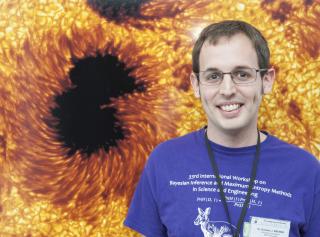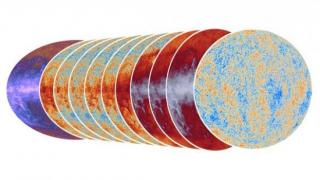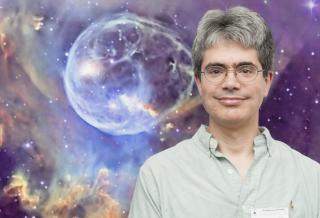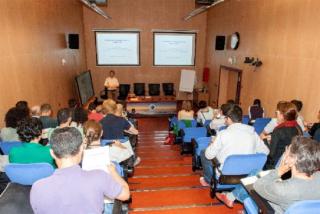
This New Zealander, astrophysicist and lecturer at the Winter School of the IAC applies Bayesian methods to the study of active galaxies
Advertised on
This section includes scientific and technological news from the IAC and its Observatories, as well as press releases on scientific and technological results, astronomical events, educational projects, outreach activities and institutional events.




